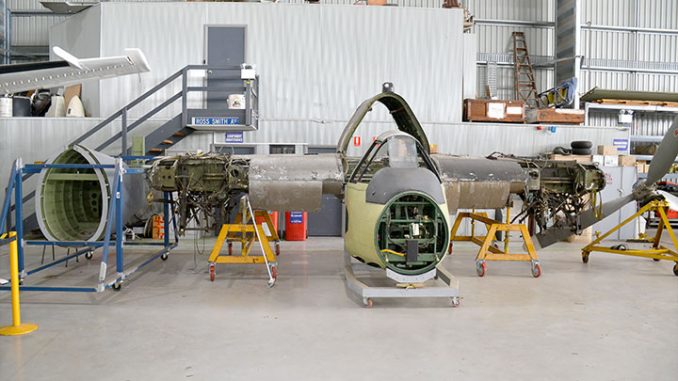
The Bristol Beaufighter was a versatile combat aircraft, fulfilling many roles in WWII from night fighter to ground attack to maritime torpedo bomber. Based upon its older sibling, the Beaufort, the type was significantly faster, more agile and packed a greater punch. While predominantly used by Britain’s Royal Air Force, a dozen other nations fielded Beaufighters, including the USA and Australia. Indeed, Australia loved the aircraft so much that they even produced their own examples at the Department of Aircraft Production (DAP) factory in Fishermans Bend, near Melbourne. The type, however, is so often overshadowed by its more accomplished and sexier stablemate, the deHavilland Mosquito. And so few Beaufighters remain – just eleven more or less complete examples, and none currently flying – that the breed struggles to remind us of its importance in WWII, especially as there are four Mosquitos currently flying, with several more on the way. It has been more than half a century since a Beaufighter flew, and while several groups have tried, unsuccessfully, to get one back in the air, there has been a major problem sourcing the correct engines, as so few of the appropriate variant of Bristol Hercules engine remain in rebuildable condition. While later marques are relatively plentiful, their accessory sections are too bulky to fit the Beaufighter nacelles. However, recent developments regarding the engine supply have taken a positive turn in Australia, and we might very well see a Beaufighter take to the skies again in the coming decade. Our good friend John Parker at Warbirds Online recently paid a visit to the Historical Aircraft Restoration Society’s main facility at Albion Park in Australia to take a look at one of the Beaufighter restorations currently back in play and we thought our readers would enjoy reading his report on the good news…
Beaufighter Restoration in Australia
by John Parker
It was exciting to learn that the HARS Bristol Beaufighter rebuild project has recently moved back into their workshops and display hangar in Albion Park. Work is about to recommence on the aircraft’s restoration! HARS has had a project to rebuild an airworthy Beaufighter for decades, however this task has only recently become a realistic proposition. This follows on from the recent progress which Peter Brooke has made overhauling several Bristol Hercules engines at Historical Aircraft Engines, his company in Brisbane, Queensland. These engines are destined for the Bristol Beaufighter project with HARS and Robert Grienert’s Historic Aircraft Restorations Limited (HARL). [Ed.Details about these engines can be found in John Parker’s previous article from last summer].
We recently visited Albion Park to view the aircraft on display awaiting its rebuild resumption. Most of the components of the fuselage have already received some structural restoration, with the cockpit and stern frames already rebuilt structurally. The nose/cockpit for this project came from the British-built Beaufighter Mk.1f X7688, once an engine test rig for training technicians at RAF Halton. Greinert purchased this project, which comprised the forward fuselage and center-section with engines, props and many spares, from Tim Moore’s Skysport Engineering in the UK. At present, this restoration will likely use the center section from X7688 too, although there are several other center sections on hand if required. Indeed, the center section has moved back from storage to Albion Park, and is also on display pending the commencement of work, which is expected to begin shortly. This will involve stripping the center section down for assessment, and then follow the normal route of repair and replacement as required. The reasoning behind using X7688’s center section is that it is the most complete and most recently serviceable of those center sections currently available, so it should be less difficult and quicker to restore.
The project’s rear fuselage section has already been restored, which means that the entire fuselage is more or less done, from a structural standpoint. This will allow the airframe to go together more quickly once the center section is completed. Outer wing panels are on hand, but these will require complete dismantling for rebuild in purpose-built jigs; this will be a time consuming process.
The horizontal stabilizer had some reconstruction performed earlier, however this will also take some time to verify and complete. The fin and rudder are in store, but they will also require a complete restoration before they can be fitted. This is also true for the aircraft’s control surfaces.
All of the work on the Beaufighter will be completed in-house; it is a large and complex aircraft, and its restoration will require a lot of work to coordinate. Once all of the structural work is completed the task of fitting out the aircraft’s systems will be carried out, including rewiring along with plumbing for hydraulics and fuel.
As with all projects currently underway at HARL, work is expected to accelerate considerably in the coming months. Given the excellent progress being made at HARL on their three P-38 Lightning projects, they have proven themselves capable of working on complex, multi-engine warbirds. Despite the Beaufighter’s rarity, the restoration team’s expertise and knowledge for the type should see this project through to a successful completion in a reasonable timeframe.
HARL has not as yet settled on the exact model and identity of the completed Beaufighter they are working on, except to say that it will represent an Australian-operated aircraft from an Australian squadron. It is a fantastic project that will see this magnificent type fly again sometime reasonably soon – something that has long seemed elusive given the hurdles of solving both the engine and propeller issues that have plagued other efforts in the past. It is indeed fortunate that HARL now has solutions for these issues, and these changes have allowed this project to resume.
Upon completion the aircraft will be housed within the HARS collection at Albion Park NSW and operate within their fleet -hopefully attending many airshows, events and reunions well into the future!
Many thanks again to John Parker and WarbirdsOnline for this report. We look forwards to hearing more progress sometime soon!
Richard Mallory Allnutt's aviation passion ignited at the 1974 Farnborough Airshow. Raised in 1970s Britain, he was immersed in WWII aviation lore. Moving to Washington DC, he frequented the Smithsonian’s National Air & Space Museum, meeting aviation legends.
After grad school, Richard worked for Lockheed-Martin but stayed devoted to aviation, volunteering at museums and honing his photography skills. In 2013, he became the founding editor of Warbirds News, now Vintage Aviation News. With around 800 articles written, he focuses on supporting grassroots aviation groups.
Richard values the connections made in the aviation community and is proud to help grow Vintage Aviation News.


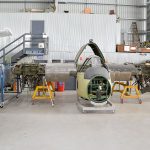
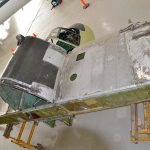
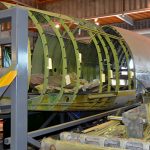
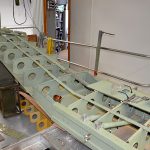
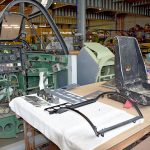
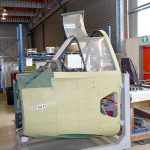
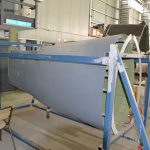
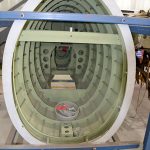
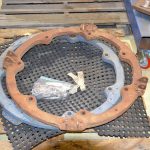
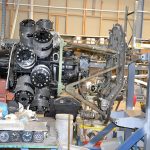
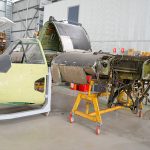

My father William Dooley was a wireless operator 30th attack squadron based in Tarakan 44/45.I have a few photos of Beaufighters,some in a crashed state DU>O and one in flight. If you are interested I am happy to Email copies to you.
W.Dooley